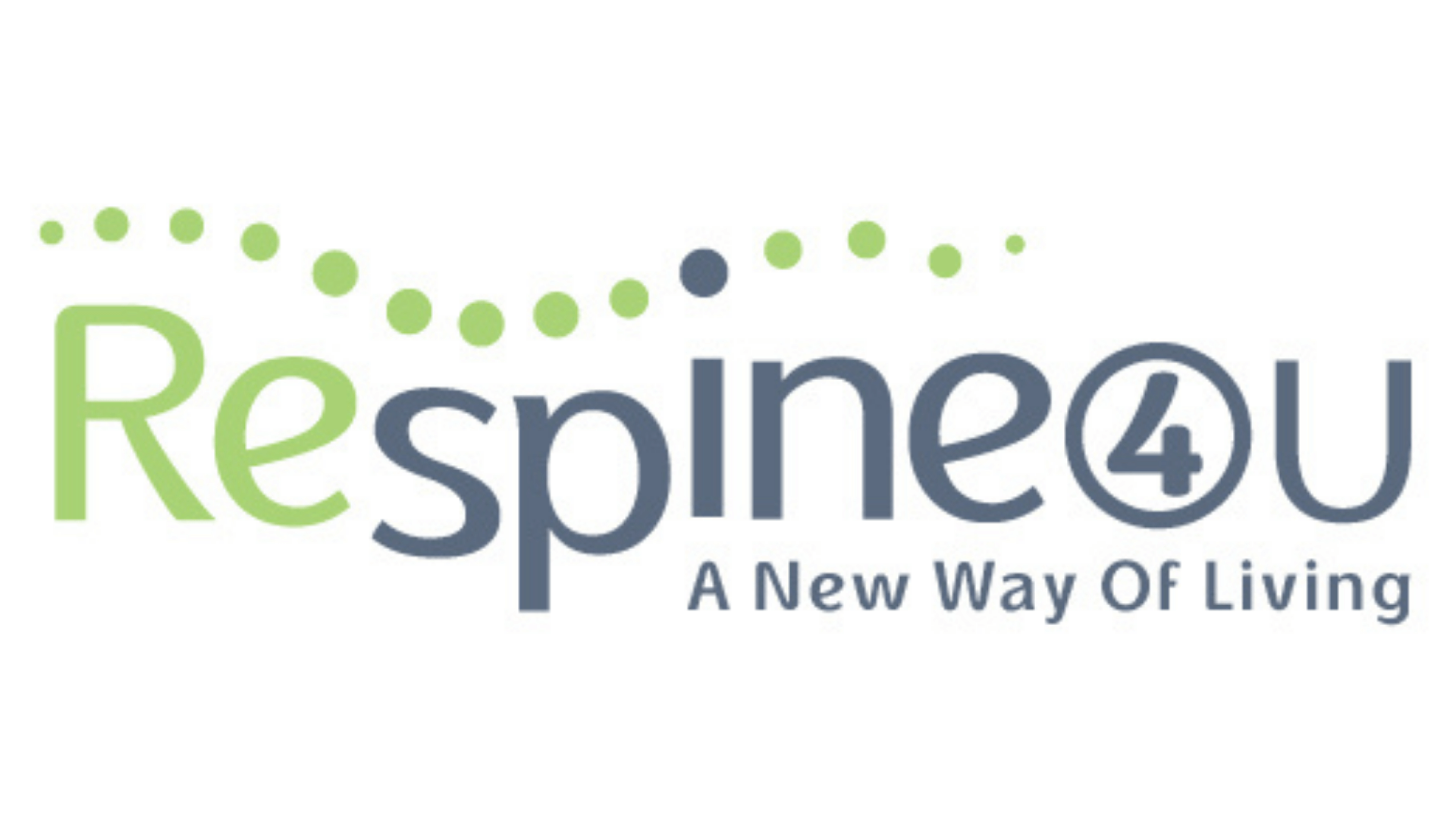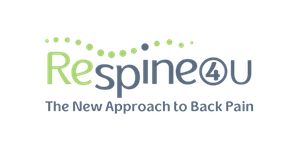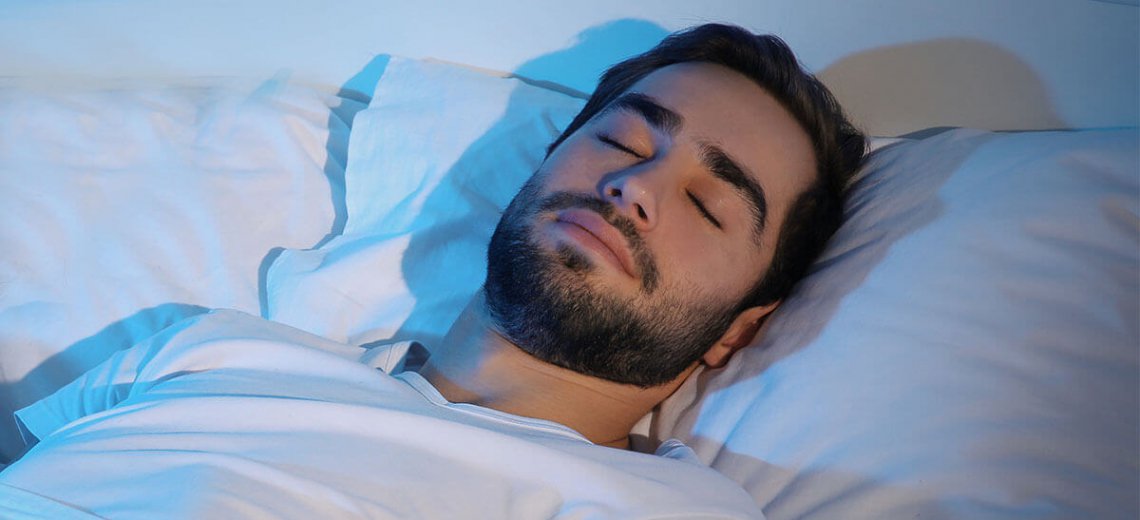Continuous back pain, headaches, other pain and especially chronic pain – where do they happen? How are they connected to the brain? Why do we feel them ?
According to very recent research (Haavik Research) pain indicates a problem of the communication between the brain and the body. Everyone feels pain in their body, but in fact pain is created in the brain, not in the body. Even if the brain only thinks there is a problem, it conveys a message of pain and we will feel the pain even if for the moment “all is well”. For example even if there is just slight damage to body tissue.
The phenomenon of sharp pain and a stiff back is known to most of us, when suddenly the brain locks them, and we are afraid to move.
Science also knows the opposite phenomenon, when there may already be real damage in the body tissue and the brain decides there is no necessity for us to feel pain.
This situation is called the “Pain Paradox” when a feeling of pain does not reflect the severity of the situation and it is not even show where the damage is, or if there is in fact physical damage.
Why does this happen? We don’t know. Researcher have already found out a lot, but we still know too little about our bodies and the brain’s functions. However, we do need to rely on it. It knows what it is doing. It has worked so far for millions of years and it can continue working despite the pain. The brain knows how to warn if something goes wrong and it can also heal naturally and allow the body to restore itself to health.
Science knows that pain is generated in the brain to serve as a “warning light” , like in the car. “Orange colored” pain says go to the garage and check what is wrong. “Red colored” pain says your back has seized, is in severe pain, so I stop at the side of the road and don’t move until I can get help.
Pain is an excellent warning mechanism for us. In fact it is part of the solution to the problem because it gives us important information that something is not right and requires that we do something about it – so yes, we need to learn to listen to our body, to treat it properly before the pain appears, when there are just “indicative signs” in the way we feel that something is not the way it should be.
These ‘indicative signs’ can be given the colors of a traffic light. The question is what we choose to do. Will we take a rest and release the pressure? Or is our lifestyle too crazy and with all the stress we would rather ignore it till it reaches a point of the last straw “breaking the camel’sback”.
In fact, there is no such thing as the last straw breaking the camel’s back. There are all kinds of accruing difficulties in our body that cause stress on the nervous system, and the brain identifies that it doesn’t have good communication with the body, and it sends out a warning: first it’s yellow, then orange and in the end it waves a red flag to stop the body and remove it from the game.
This could be because we overdid the strain, or we keep repeating the wrong kind of movement without it being right for the body, it can cause damage to our posture. Perhaps we have damage in a muscle and it’s important that we are careful until it heals, to prevent us from causing more severe damage.
In this state the pain mechanism looks after us, guiding us as to what we should not do while the body is recovering from injury.
The information that this mechanism supplies under these conditions, is very important and helps us listen to our body, to take care and to use it appropriately in accordance with the problem, in order for it to undergo the natural process of healing.
The expression chronic pain is familiar to most of us, particularly those who have been suffering for a long time, for a few months during which the pain has not subsided, and for some people the pain continues long after the original injury has healed!
For some the pain can spread to areas of the body where there is no injury at all.
For these people who are suffering from pain, the pain mechanism in no longer providing essential information, and it is not contributing to their recovery. In fact the pain itself becomes the main problem.
In this case, the brain has learned to “be in pain”. The way the brain learns this is similar to the way the brain learns other things, and it is referred to as “Brain Adaptation” or the adaptability and change of the nervous system in the brain (Neural plasticity = neuroplastic). The brain can and must change all the time according to the changes that we enforce on it by our modern lifestyle and whatever we do.
For example if we decide we want to learn to play golf or run a marathon, the brain and the body will learn to play golf or run a marathon, gradually through practice, changes will occur, and the capability will be engendered.
When we are focused on learning something, the mechanism of “brain adaptation” is activated (neural plasticity) and this is a good thing as it enables us indeed to learn something new. However, when we are concentrating on pain, this may perpetuate the pain and make our condition more severe, and harder to eliminate.
The brain learns to convey pain to us, why?
Again we cannot answer this question, but the brain has the ability to learn the opposite, and that there is no further need for it to convey pain, which is really wonderful because there is then, something that we can do, even in our thoughts, in order to get out of the state of chronic perpetual pain.
It is therefore very effective to concentrate on positive things, to concentrate on what is working well, on what makes us happy, and on what we are thankful for. This principle of focusing on positive thinking has been found to be essential for natural healing.
Scientists who have examined the principles of Chiropractic, found that chiropractic adjustments impact and change the functions of the brain. Chiropractic has a neuro-plastic influence on the brain.
One of the areas most influenced by chiropractic focused adjustments is the “Prefrontal Cortex”. This is the area of the brain that is related to the development of chronic pain, continual pain that we feel all the time. This is the reason that early chiropractic maintenance and treatments can improve the situation and give far reaching results and even prevent chronic pain. Short term chiropractic focused adjustment can relieve and reduce the level of pain and can even switch off pain perception in the brain.
This finding explains that focused chiropractic adjustments may not always be in the area where you feel the pain. The chiropractor will look for areas that moved or the lack of correct movement in the spine, the vertebrae, the discs and that is where he will do the adjustments.
So don’t worry if the chiropractic adjustment does not occur in the area where you feel pain. Remember that the feeling of pain is created in the brain and it isn’t necessarily connected to the area of the body where you think you feel the problem.
Research findings show that chiropractic adjustments assist the brain in understanding what is happening in the body, so that it can accurately respond and improve control over the body systems.
In the end, chiropractic adjustments improve the connection between the brain and the body, reduce pain and advance the process of natural healing.
The information provided here by the Daily Backup Company Ltd., the convenience product manufacturer of Respine4u, developed for home use according to the general [holistic] concept of chiropractic, is provided for educational, entertainment, enrichment, purely for knowledge and information sharing purposes.
This information does not substitute professional advice and / or treatment of any kind. Daily Backup Company Inc. takes no responsibility for the use or non-use of this information.
Although the information is based on the videos of Haavik Research Limited and is intended to encourage you to be aware of your health in general but with regards to your health, your lifestyle, self-learning and research characteristics, your health care should be based on collaboration with professionals.


